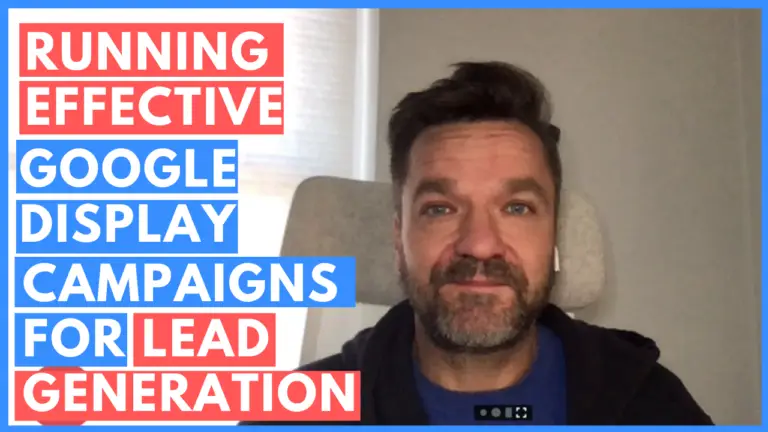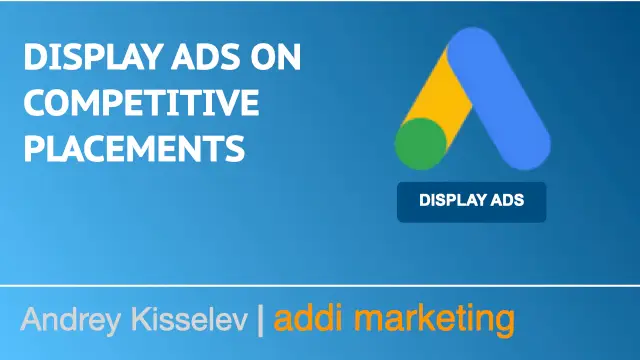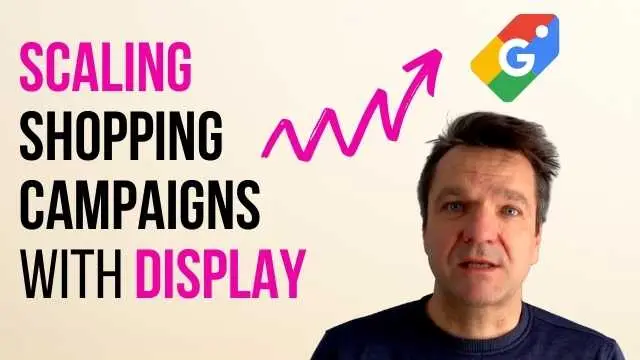Google Display Ads can help generate leads. Here is an overview of 8 Display Ads tips for effective lead generation.
Traditionally, Google Display Network is used for brand awareness and brand recognition, and so your ads will be seen by people who browse internet, watching YouTube or checking email.
But it is possible to generate leads effectively with Google Display Ads. Let’s look at eight tips which can help do that.
Don't focus on hard sell
People view text search ads after they enter a search phrase on the Internet. Their intent is high at that moment, and that’s why text ad copy can be more forceful. Conversely, people who are viewing display ads, are not searching for the solution, their intent is lower.
When crafting the display ad, tone down the sales message. Instead of using “Buy Now” or “Contact Us Today”, use softer messaging like “Learn more”.
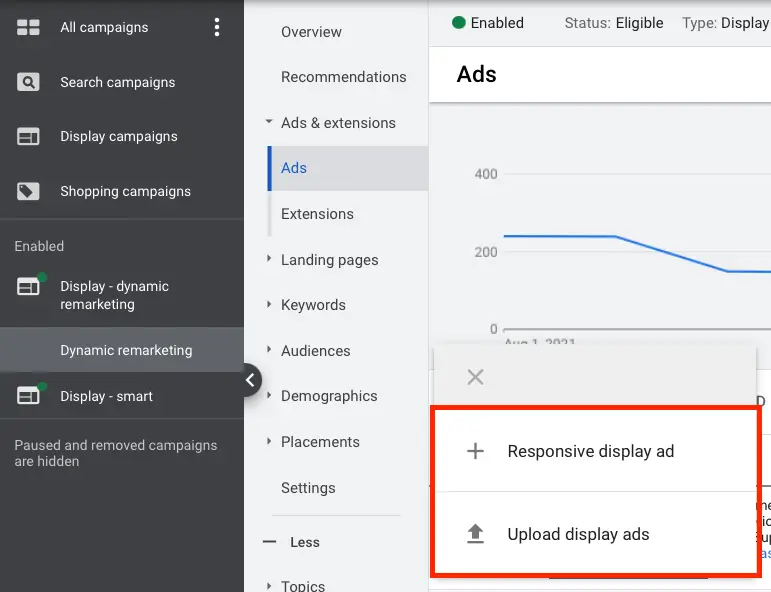
While creating a Display ad, you have two options: responsive display ad and Upload display ads. Using the Upload display ad option is an older method, and I don’t recommend using it.
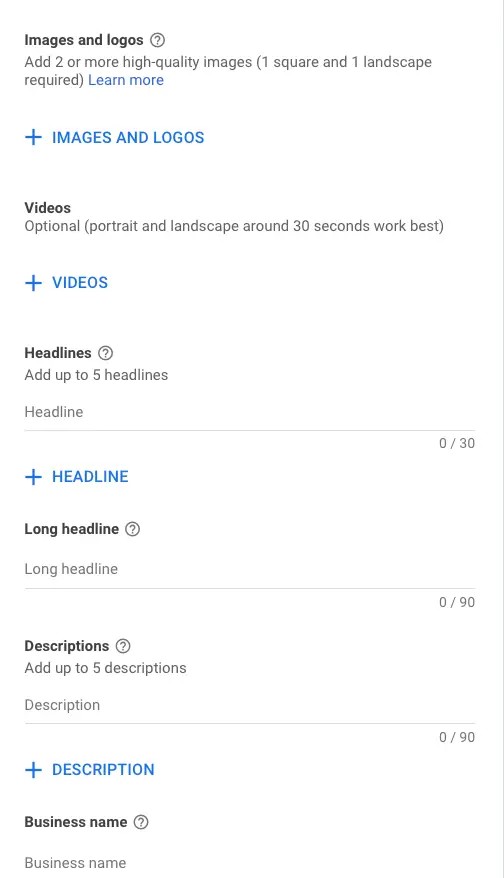
When building a responsive display ad, you can add multiple images, videos, headlines, and descriptions. Google will then mix and match them and into the publisher’s website, blending with the font to create an impression of a native ad.
Use correct call-to-action (CTA)
Where do you add a call-to-action in the responsive display ad? Well, obviously not in headlines, which is… possible, but is not a good practice. You could add it in descriptions. For example, at the end of the description, you can say something like, “Try for free” or “Download the list of tips and tricks”.
These cals-to-action nudge the shopper to take the next step without actually selling. They are more likely resonate with viewers of a display ad.
You also can select one of pre-set call-to-action options in the ad button section. Good call-to-action choices for display ads are: “Sign up”, “Subscribe”, or “Learn more”.
Remarketing
The Google Display Network reaches 90% of internet users across of millions of sites, and choosing correct targeting is essential. The right targeting will help minimize spend, and unnecessary clicks.
Remarketing is the most effective targeting method, and is the first thing you should consider with Display Ads, especially if you are on a tight budget.
Remarketing is a way to show your ads to the visitors of your site. Imagine someone is checking different sites, let’s say they check 10, 15 sites. In that process they liked your offer, but can’t find you any more.
With remarketing, your ad will keep appearing in their browser, reminding them of you. That is why remarketing is the most effective targeting method for Display Ads.
Placements
Another decent targeting option is placements. With placements, you specify URLs, YouTube videos or channels where your ad should appear.
A big downside of placements is a limited scope of the ad placements. So use placements sparingly, or if you know the specific sites frequented by the people who are interested in your products.


Google can help you search for right placements. In the Placement section of an audience, type in the topic or the keyword. Google will suggest several sites and the YouTube channels with approximate number of impressions, so you can actually pick from there.
Custom Intent Audiences
Another good targeting option is Custom Intent Audiences.
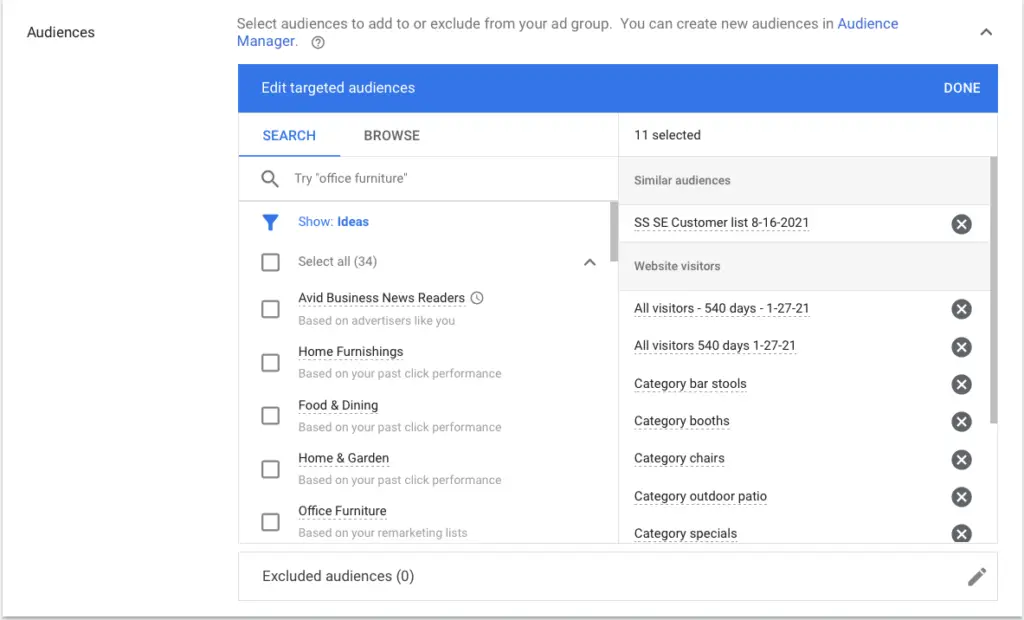
It is a combination of keywords and placements. You enter 10-15 several keywords and URLs, and Google will start showing your ad to people who are interested in those topics or visit those sites.
The custom intent audiences targeting has more broad targeting over the placements targeting, and it can be very efficient too.
And to minimize showing on irrelevant sites, you can exclude specific URLs and content from targeting. I usually exclude all mobile apps. In 99% of cases, mobile apps is not where my clients want to see their ads. I also exclude a bunch of games-related URLs, and all kids-related YouTube channels.
Attribution model
Now let’s talk about measurement because this is important to know how effective your Display Ads are in conversions.
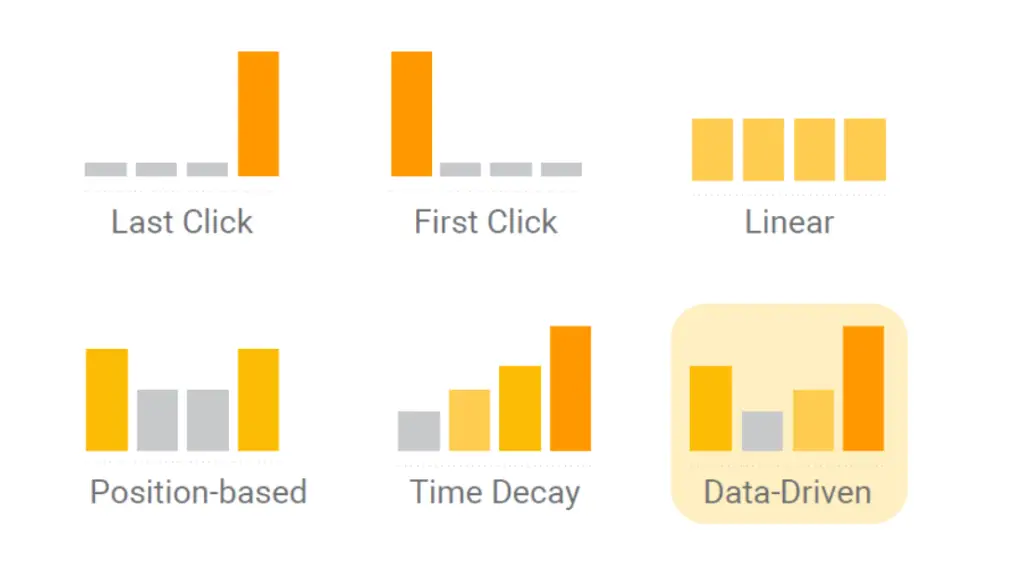
First, use the correct attribution model. The simple rule of thumb is not to use Last Click because this model will not see first clicks in multi-click conversion journey. Before converting, people often visit your site several times via several channels, and the Last Click will not notice anything except the last channel. Use Linear or Position-based Attribution models instead of the Last Click.
View-through conversions
With view-through conversions, we can get additional insights on the conversion journey. People sometimes view a Display ad without clicking, and then purchase the product from another channel. You can actually see those viewing pre-conversion events in the Google Ads reports. To do that, add the View-through conversions column in the reports.
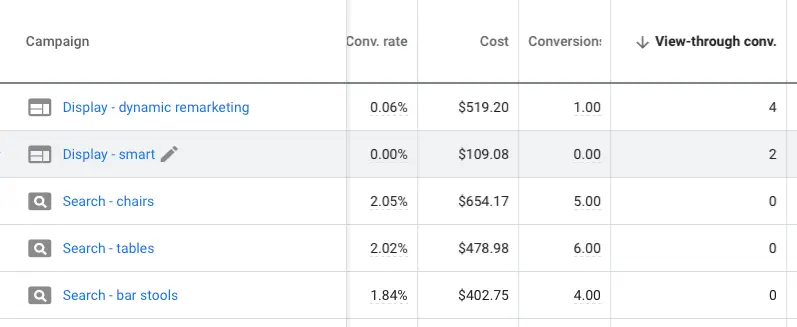
View-through conversions shows more conversion details, and can be a great way to justify the value of a Display campaign to the account owner.
Final thoughts
To become successful with Display Ads, experiment with various targeting method. It’s easy with Google Display Ads as you get results quickly. After running ads for three, four days, you get enough data to decie. Clicks are cheap, clicks come quickly. For example, if you simultaneously set up various targeting methods in their ad groups, you can compare results directly in a few days.
